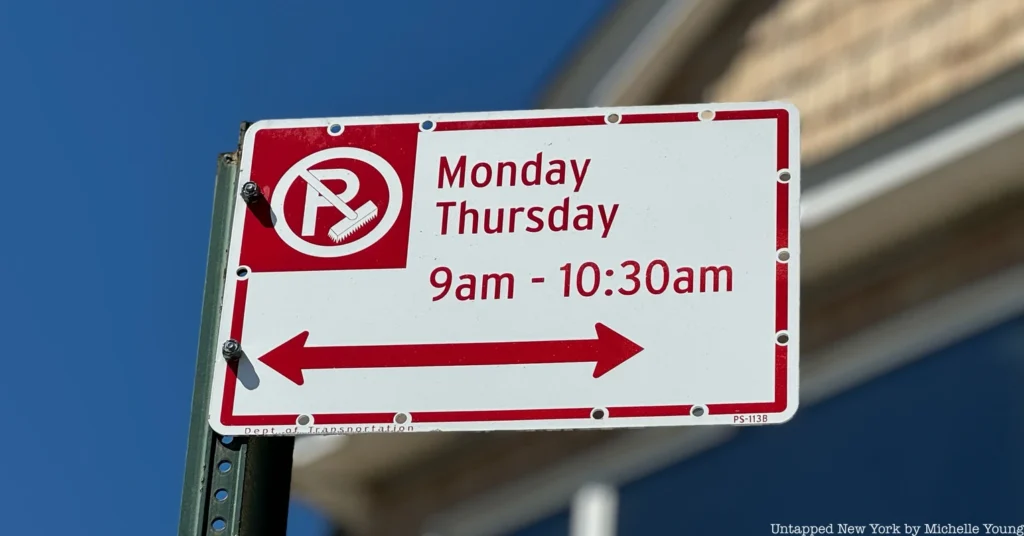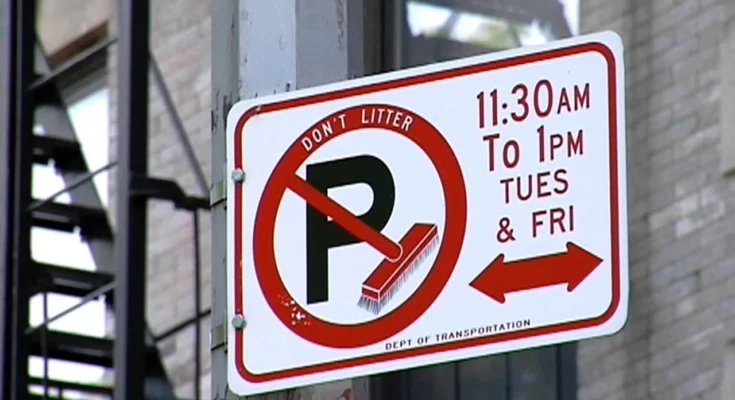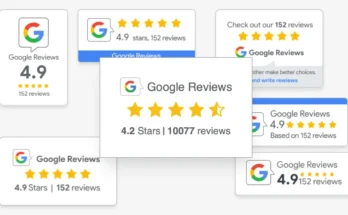Alternate side parking remains an essential regulation in many cities, particularly in busy urban areas like New York City, Los Angeles, and Chicago.
If you live in or visit these cities, understanding alternate side parking rules can save you from hefty parking tickets and ensure your vehicle is legally parked.
In this article, we’ll explore what alternate side parking is, how it works, why it’s necessary, and tips for managing it effectively.
Contents
What Is Alternate Side Parking?
Alternate side parking is a regulation that requires vehicles to be parked on specific sides of the street on certain days and times.
The purpose of this rule is primarily to allow for street cleaning and maintenance.
On designated days, one side of the street is cleared of cars so that city cleaning services can sweep the roads, collect trash, or perform other necessary maintenance tasks.
This system is used in several cities around the world to ensure cleanliness and proper upkeep of public streets.
It also helps clear the streets of parked cars during events like snow removal in the winter. While it may seem like an inconvenience to drivers, it plays a crucial role in maintaining the health and safety of city streets.

How Does Alternate Side Parking Work?
Alternate side parking regulations vary by city, but the general concept remains the same.
On certain days, cars must be moved from one side of the street to the other. Failure to do so can result in fines or towing.
Street signs posted along city blocks typically indicate the days and times when alternate side parking rules are in effect.
For example, a sign might read: “No parking on Mondays and Thursdays from 9 a.m. to 12 p.m.” This means you cant park on that side of the street during those hours.
If you do, you risk receiving a ticket or even having your car towed away.
The days of the week and times of day vary from location to location, so it’s essential to carefully read the signs wherever you park.
Some cities also suspend alternate side parking rules on holidays or during severe weather events, so it’s important to stay informed about current updates.
Why Is Alternate Side Parking Necessary?
Alternate side parking serves several important purposes:
- Street Cleaning:
One of the main reasons for alternate side parking is to allow city cleaning services to sweep and clean the streets. When cars are parked on both sides of the street, street sweepers cannot access the curbs where most debris, trash, and leaves accumulate. By moving cars to one side, it becomes easier to keep streets clean. - Snow Removal:
In cities with harsh winters, alternate side parking is crucial for snow removal. Snowplows need clear access to the streets to remove snow effectively. If cars are blocking the way, it can cause delays in snow removal and make roads more hazardous for drivers and pedestrians. - Maintenance and Repairs:
Cities regularly perform maintenance tasks, such as fixing potholes, repairing sidewalks, or repainting road markings. Alternate side parking allows workers to access the necessary areas without obstructions. - Traffic Flow and Safety:
By regulating where and when cars can park, alternate side parking can also help improve traffic flow and prevent congestion in narrow or busy streets. It also ensures that emergency vehicles like fire trucks and ambulances can navigate streets efficiently without blocked pathways.

Common Challenges of Alternate Side Parking
For residents and visitors alike, alternate side parking can be a challenge. Here are some common issues people face and how to address them:
- Finding Parking:
On the days when alternate side parking rules are enforced, it can be difficult to find a legal parking spot. Many people will rush to move their cars to the opposite side of the street, leading to a shortage of available spots. It’s often a good idea to move your car early or find a parking garage to avoid this issue. - Parking Tickets:
One of the most frustrating aspects of alternate side parking is the potential for parking tickets. If you forget to move your car or misread a sign, you could receive a ticket. In some cities, fines can be quite steep, so it’s essential to set reminders or alarms to move your vehicle. - Towing:
In some areas, cars parked illegally during alternate side parking hours may be towed. This not only leads to hefty fines but also the inconvenience of retrieving your car from the impound lot. To avoid this, make sure to move your car ahead of time. - Street Sign Confusion:
In some cities, the signs indicating alternate side parking rules can be confusing. They may list different hours or days for different sides of the street, and the information may be updated seasonally. Always double-check the signs to ensure you’re parked legally.
Also Read: Methatreams: The Future of Interactive Streaming
Tips for Managing Alternate Side Parking
Navigating alternate side parking can be stressful, but there are strategies you can use to make it easier. Here are some tips to help you avoid tickets and find parking more easily:
- Set Reminders:
Use your phone’s calendar or alarm to set reminders for when you need to move your car. This can help prevent the frustration of forgetting about alternate side parking and getting a ticket. - Plan Ahead:
If you know alternate side parking rules will be in effect, try to move your car the night before or early in the morning to avoid the rush of people looking for spots. Plan ahead will save you time and stress. - Check Local Regulations:
Different cities have different rules when it comes to alternate side parking, and they can change depending on the season or for special events. Check your city’s website or mobile apps for updates on parking regulations and possible suspensions. - Use Parking Apps:
Many cities have parking apps that help residents find available parking spots or alert them when alternate side parking is in effect. These apps can also send notifications to remind you to move your car before street cleaning begins. - Consider Alternate Transportation:
On days when alternate side parking is especially challenging, consider using public transportation or rideshare services. This can save you the hassle of moving your car and searching for a parking spot.
Also Read: Batana Oil: Benefits for Hair and Skin
Where Alternate Side Parking Is Common
Alternate side parking is commonly found in densely populated urban areas. Here are a few examples of cities where it is widely enforced:
- New York City:
New York is well-known for its strict alternate side parking rules. Signs are posted throughout the city, and the regulations are enforced year-round. NYC also suspends alternate side parking on major holidays and during severe weather events. - Los Angeles:
While LA is known for its car culture, alternate side parking is enforced in certain neighborhoods, especially where street cleaning is necessary. The rules may vary by area, so it’s important to check the signs carefully. - Chicago:
In Chicago, alternate side parking is crucial during the winter months to allow for snow removal. The city enforces these rules from December to March, and violations can result in hefty fines and towing. - San Francisco:
In San Francisco, alternate side parking helps manage street cleaning in the hilly city. The regulations are enforced on specific days of the week, and signs clearly indicate when cars need to be moved.




